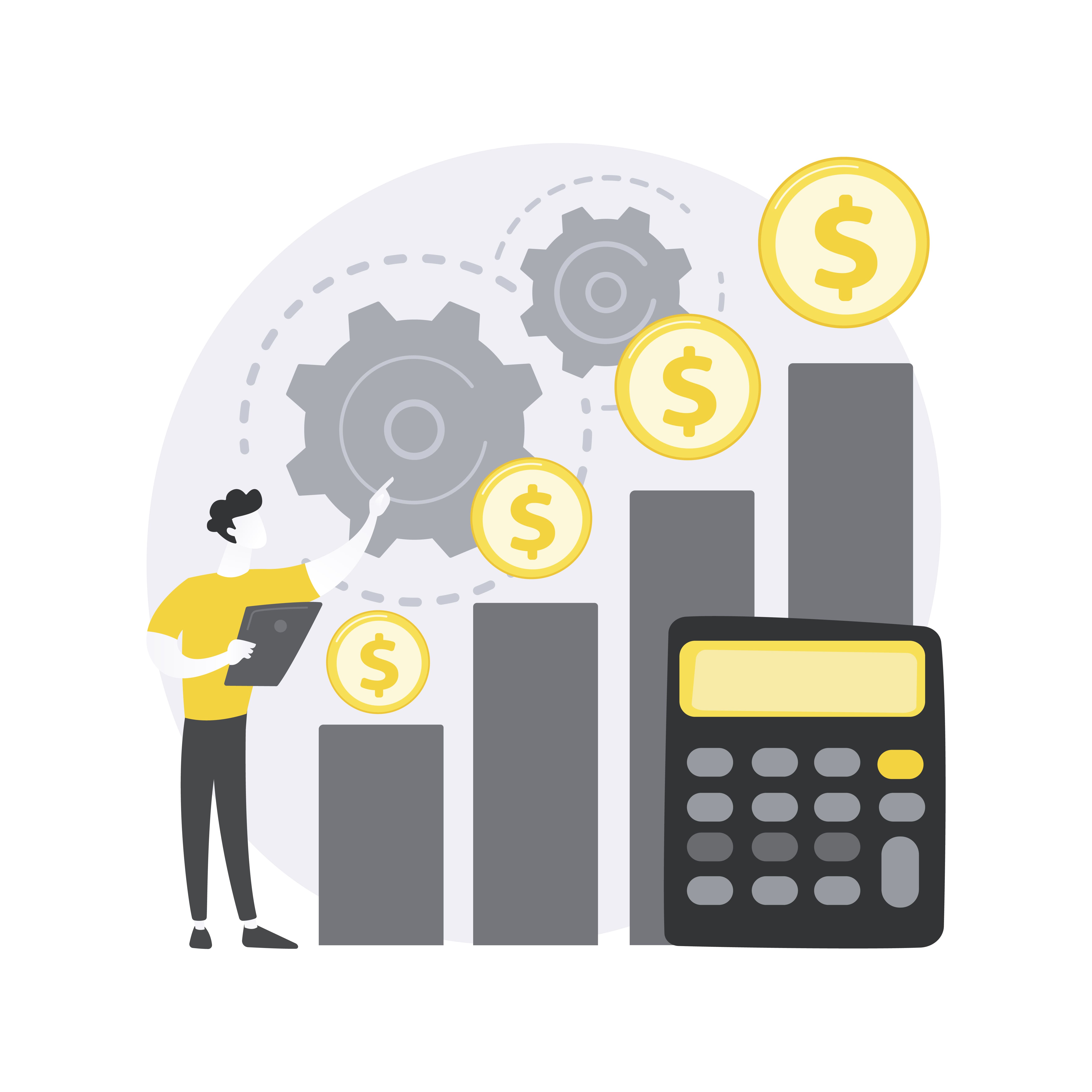- Understand the process of evaluating project outcomes and assessing project success.
- Learn techniques for measuring project performance, comparing against objectives, and identifying areas for improvement.
Project evaluation and assessment are crucial processes for determining the success and effectiveness of a project. These processes involve measuring project performance, comparing it against predefined objectives, and identifying areas for improvement.
Here are the key steps and techniques for project evaluation and assessment, along with examples:
1. Define Evaluation Criteria:
Clearly define the criteria and metrics that will be used to evaluate the project. These criteria should align with the project’s objectives and key performance indicators (KPIs).

2. Collect Data:
Gather relevant data and information related to the project’s performance. This may involve reviewing project documentation, conducting surveys, or analyzing financial data.

3. Measure Key Performance Indicators (KPIs):
Calculate and measure the predefined KPIs to assess various aspects of the project, such as cost, schedule adherence, quality, and stakeholder satisfaction.

4. Compare Against Objectives:
Compare the project’s actual performance against the objectives and targets that were set during the project initiation phase.

5. Stakeholder Feedback:
Gather feedback from stakeholders, including clients, team members, and end-users, to assess their satisfaction and perception of the project’s success.

6. Cost-Benefit Analysis (CBA):
Conduct a cost-benefit analysis to evaluate the financial impact of the project. Compare the project’s costs to the benefits it has generated.

7. Return on Investment (ROI):
Calculate the ROI to determine the profitability and financial performance of the project. ROI is calculated by dividing the net benefit by the project’s cost.

8. Qualitative Assessment:
In addition to quantitative metrics, use qualitative assessment methods, such as surveys or interviews, to gather subjective insights on the project’s success.

9. Lessons Learned:
Document lessons learned from the project, including what went well, what could have been improved, and best practices that can be applied to future projects.

10. Continuous Improvement:
Identify areas for improvement based on the evaluation and assessment results. Develop action plans to implement changes and enhance future project performance.
11. Reporting and Communication:
Present the evaluation and assessment findings in a clear and concise report to stakeholders, including project sponsors, management, and team members.

12. Decision Making:
Use the evaluation and assessment results to make informed decisions about project closure, resource allocation, and the initiation of new projects.

Project evaluation and assessment are ongoing processes that help organizations refine their project management practices, optimize resources, and enhance project success in subsequent endeavors. These techniques provide valuable insights to make informed decisions and continuously improve project outcomes.

